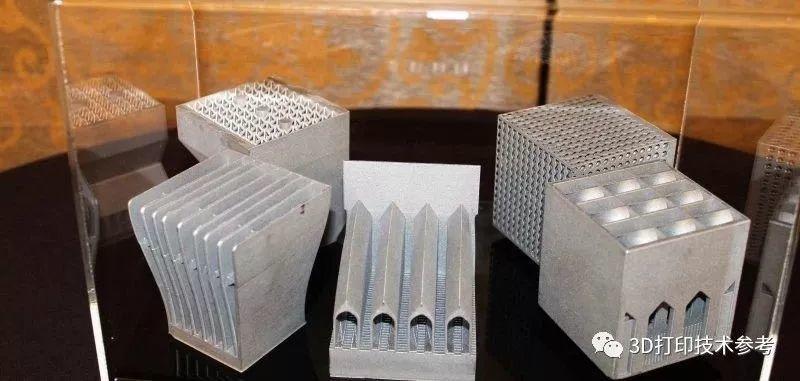With the rapid development of electronic products, the design of the heat sink has become more and more important. It not only has the ability to regulate the temperature of electronic equipment, but also prevents the computer processor from overheating. Traditionally, radiators are manufactured using techniques such as casting, welding, and metal extrusion, and products can only make a compromise between manufacturing limitations and equipment performance. Based on this, the 18th Organizing Committee of the American Society for Thermodynamics of Electronic Systems launched a student radiator design challenge based on new technologies in additive manufacturing, and received GE sponsorship. In this issue, we will look at the outstanding designs of this competition.
The organizing committee finally selected five teams from 21 participating teams all over the world to enter the finals. They were Arizona State University, Purdue University, University of Maryland, Pennsylvania State University, and Trinity College Dublin. The new 3D printed metal heat sink they designed can effectively cool electronic equipment.
The design of the Arizona State University team focused on increasing the surface area of the heat sink so that the hot air from the electrical components can flow without affecting its efficiency, which is a common design limitation in traditional manufacturing. They used engineering concepts to propose various methods to take full advantage of their newly discovered design freedom and maximize efficiency, and finally adopted a design that better mixes and generates turbulence when air flows to enhance heat transfer. The design freedom of this product when applying additive manufacturing technology is huge.
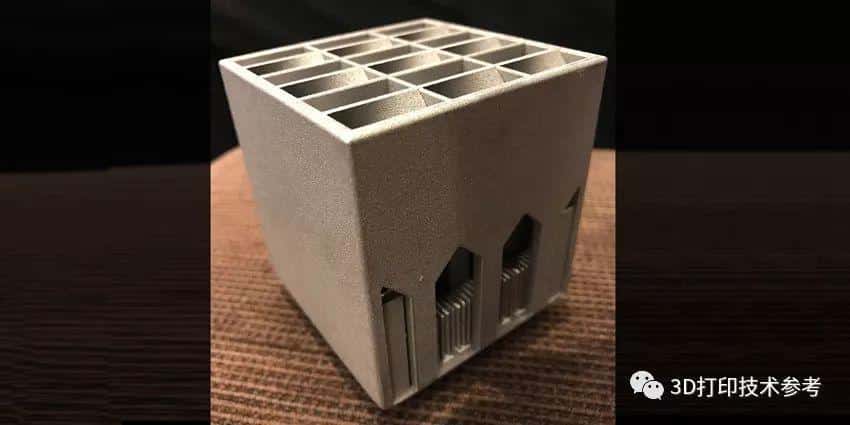

The Purdue University team uses topology optimization to find the best material distribution for a given radiator design size. The 3D printed radiator has a gently inclined “L” shape on one side and a convex “d” shape on the other side, which allows the airflow to recirculate and recirculate, thereby staying on the radiator for more time. Serdar Ozguc, a PhD student in the team ’s Cooling Technology Research Center, said: “Today’s electronic components are facing huge heat dissipation challenges. Computers and phones are getting smaller and smaller, but they consume more and more power. The heat generated by these CPUs can affect performance The safe and effective distribution can ensure the normal operation of the product. The results of topology optimization are often very complex and shocking. Traditional methods are difficult to manufacture, and additive manufacturing can be easily achieved. ”

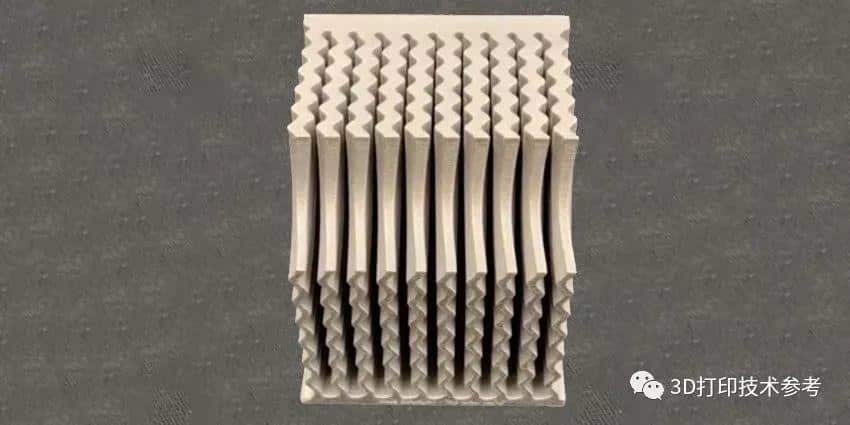
The lattice structure is not only lightweight, but also has a large specific surface area, which has great advantages for promoting heat exchange and chemical reactions. The radiating fins of traditional radiators are mostly separate, and they form a whole by brazing. The combination of different components increases the thermal resistance, thereby reducing the thermal efficiency. In addition to the integrated manufacturing of the structure, 3D printing has a unique lattice structure that significantly increases the surface area, thereby enabling higher heat exchange efficiency in a more economical manner. In fact, this efficiency gain can be achieved in many different types of heat exchanger applications. These small features with large surface areas are almost impossible to manufacture without 3D printing.
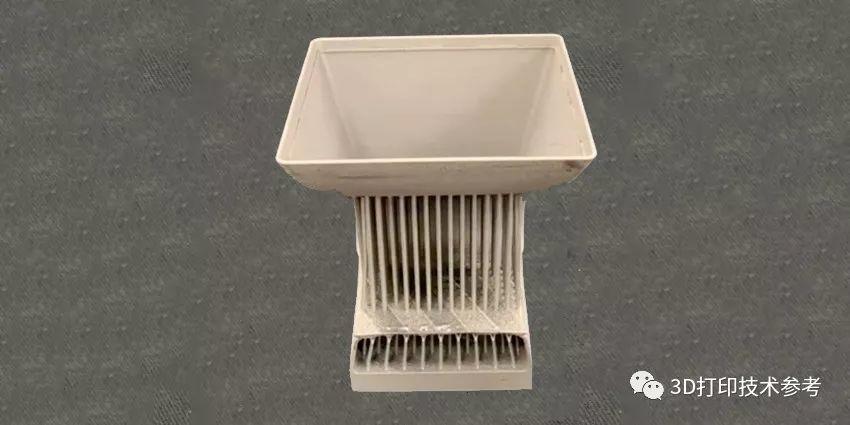
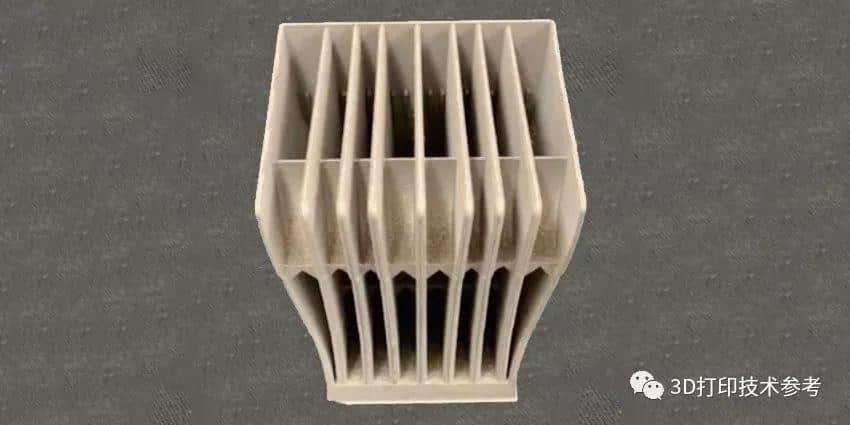
Powder bed laser melting technology has produced a wider range of complex geometric shapes that cannot be achieved by traditional CNC, and the manufacturing costs and parts of metal radiators, engine cylinders and oil pump shells based on this technology The material cost is very low. The design of the five finalists was finally printed with GE Concept Laser M2, and all designs used the same size and aluminum alloy materials, and were tested under the same conditions.
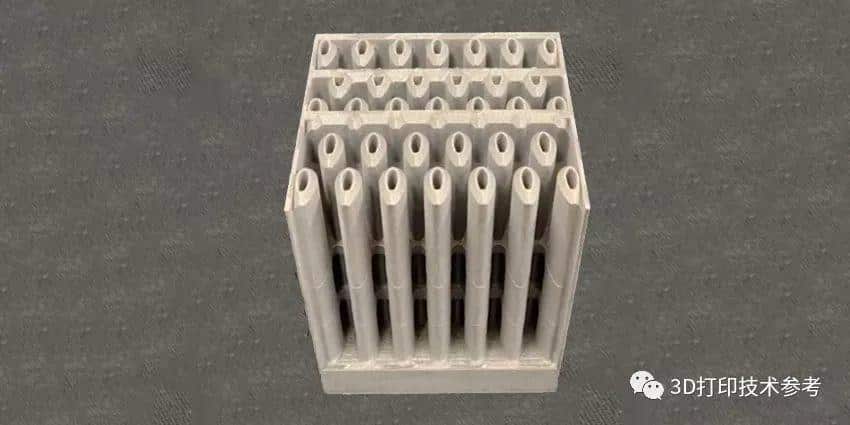
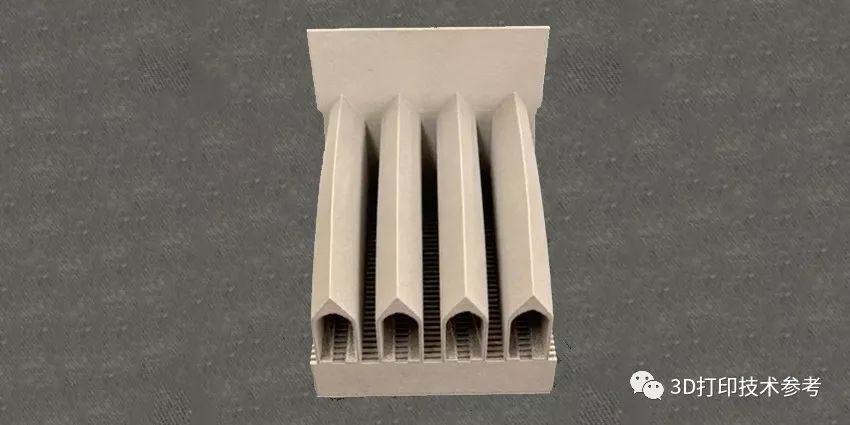
According to the participants, the five final designs are incredible, and each team has its own unique design style and problem-solving methods, so designers must learn many different ideas and how to think better . Competing for more is to provide innovative solutions to problems without having to consider manufacturing constraints.

